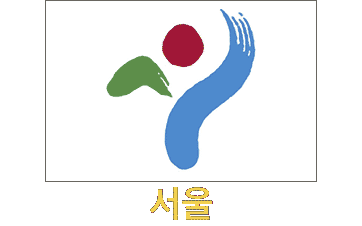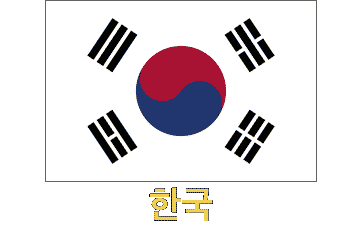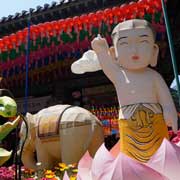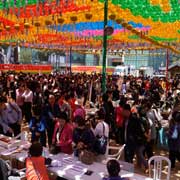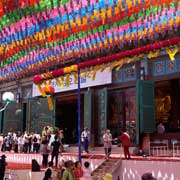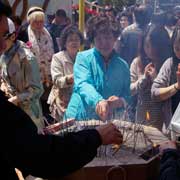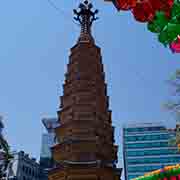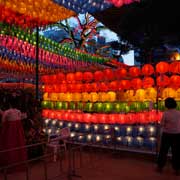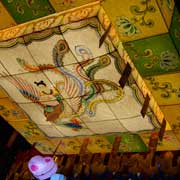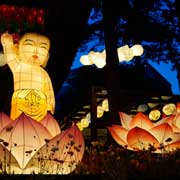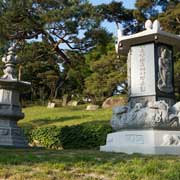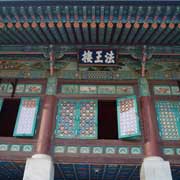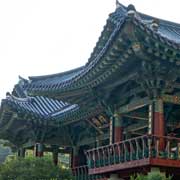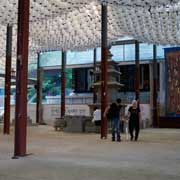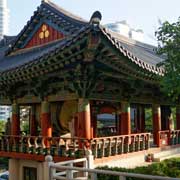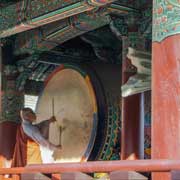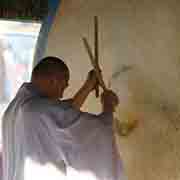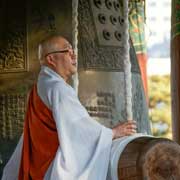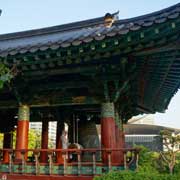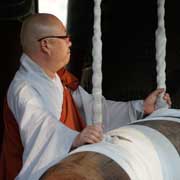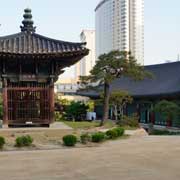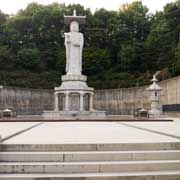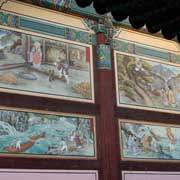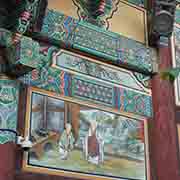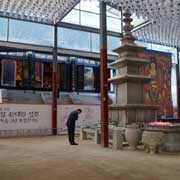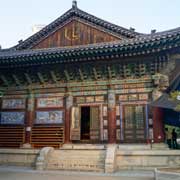Photos of Buddhist temples in Seoul, Korea
Buddhist temples in Seoul
Buddhism in Korea was introduced from China to Korea in the 4th century CE; Korean scholars brought it to Japan within the following two centuries. Korean Buddhism is of the Mahayana tradition, most of the Seon lineage, closely related to Zen and is primarily represented by the Jogye and Taego Orders. The main temple in Seoul is Jogyesa, the headquarters of the Jogye sect and the centre of Zen Buddhism in Korea. It was first established in 1395, at the dawn of the Joseon Dynasty; the modern temple was founded in 1910 and became the chief temple of the Jogye Order of Korean Buddhism in 1936.
you may then send it as a postcard if you wish.
Bongeunsa temple, in the busy district of Gangnam, was founded in the year 794 during the reign of the Silla King Wonseong by the highest-ranking monk, named Yeon-hoe; its original name was Kyongseoungsa. It was reconstructed in 1498 under the patronage of a Joseon Queen (although Buddhism was repressed under the Joseon Dynasty). It became the main temple of the Korean Seon (Zen) sect of Buddhism from 1551 through 1936when Jogyesa became the main temple.
Both temples are very popular and well-visited, especially during special celebrations, like Buddha’s Birthday, traditionally celebrated in Mahayana Buddhism to commemorate the birth, around 563 BCE in Lumbini (modern-day Nepal), of Prince Siddhartha Gautama. He later became the Gautama Buddha and the founder of Buddhism.
